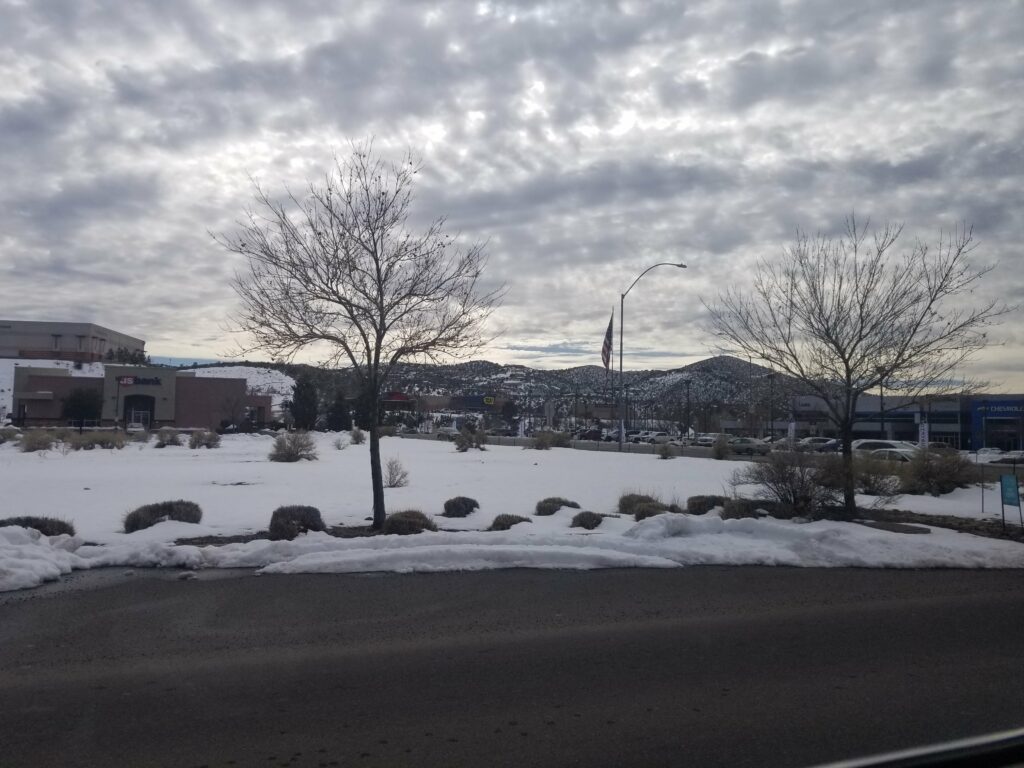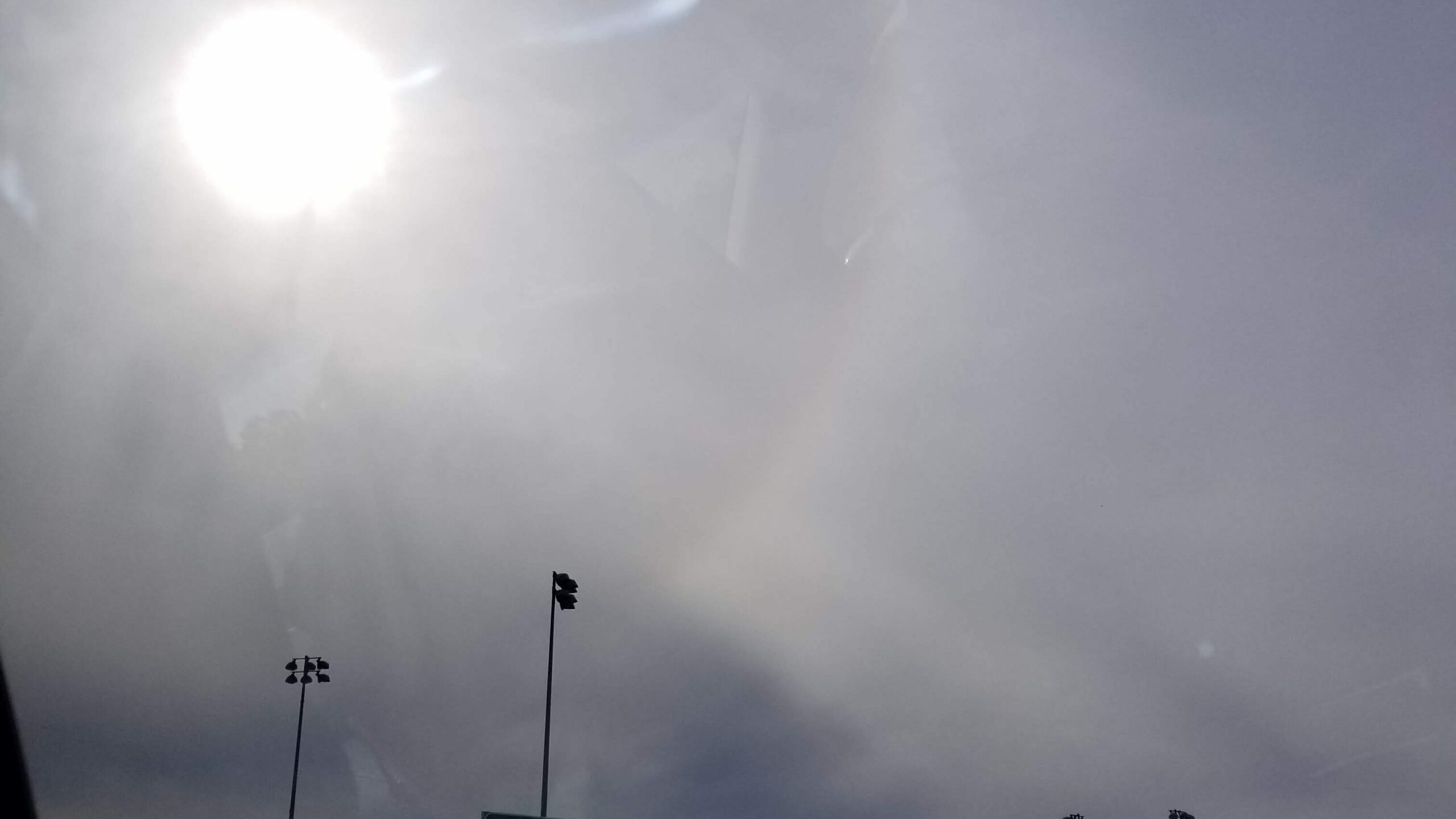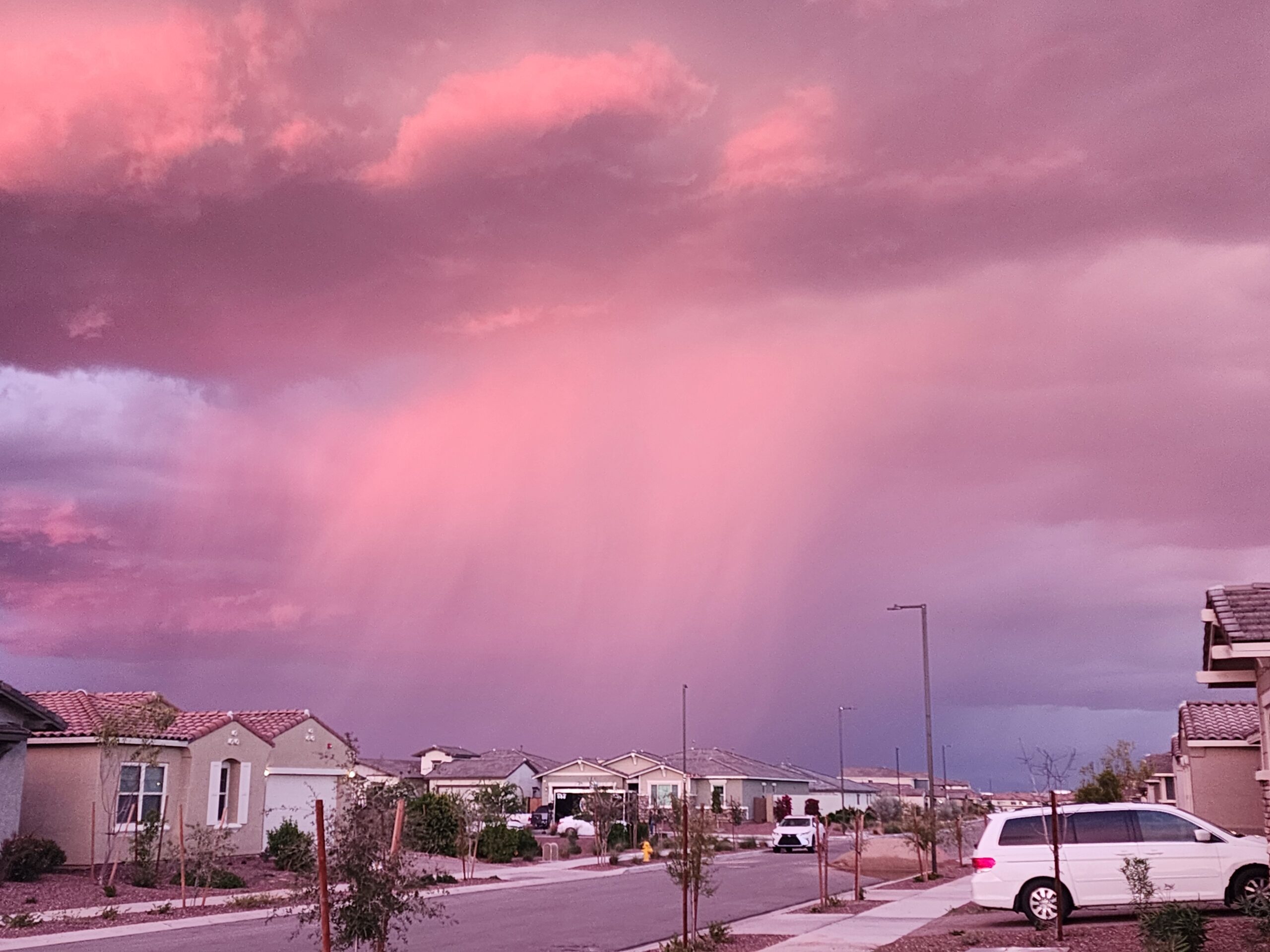

This week of Arizona weather has been sporadic, to say the least. Temperatures are reaching as high as triple digits and are now going as low as sixty degrees. Many people think they are ready, but most need to learn how to stay adequately prepared for the upcoming change in the coming winter. Some examples are one is ensuring that your A.C. is clean and properly functioning. Being properly clothed for the weather. Watching out for signs of heat strokes or exhaustions. Maintencing your personal mode of transportation.
Checking your personal A.C. company’s website is an excellent start to see if they offer cleanings. Most provide proper cleaning and dusting, not just fixing. Depending on the company and for how long you have been using their services you may have a warranty. However, different companies offer different services.
Another thing to keep safe this winter is to ensure your tires are maintained. If you live in a place that usually snows or rains, checking Your tires will help ensure you drive safely. When checking your tires, make sure that they are not smooth because smooth does not allow proper breaking if you hydroplane in the snow or rain. If they are smooth, replacing them as soon as possible is best.
There have been storms in some places, and a little bit ago, we had a microburst. Microbursts are rain clouds dropping a large amount of rain in a very short time. There are many reasons why a microburst can happen. When driving or taking public transportation to Glendale Community College, check the weather and make sure that you are in warm clothes for the upcoming cold temperatures.
However, it is very common to see Arizona weather have unexpected temperature changes, such as heat flashes and dust storms. When there is a heat flash, it is essential to have water, to be in a shaded area, and to have sunscreen applied. Many don’t see the signs of heat exhaustion or heat stroke.

“Symptoms: Throbbing headache, confusion, nausea, dizziness, body temperature above 103°F, hot, red, dry or damp skin, rapid and strong pulse, fainting, loss of consciousness. First Aid: Call 911 or get the victim to a hospital immediately. Heat stroke is a severe medical emergency. Delay can be fatal. Move the victim to a cooler, preferably air-conditioned, environment. Reduce body temperature with cool cloths or bath. Use fan if heat index temperatures are below the high 90s. A fan can make you hotter at higher temperatures. Do NOT give fluids.”
Here are the signs of a heat stroke given by the National Weather Services
“Symptoms: Heavy sweating, Weakness or tiredness, cool, pale, clammy skin; fast, weak pulse, muscle cramps, dizziness, nausea or vomiting, headache, fainting. First Aid: Move person to a cooler environment, preferably a well air conditioned room. Loosen clothing. Apply cool, wet cloths or have person sit in a cool bath. Offer sips of water. If person vomits more than once, seek immediate medical attention if the person vomits, symptoms worsen or last longer than 1 hour”
Here are the signs of Heat Exhaustion given by the National Weather Services




No comments! Be the first commenter?